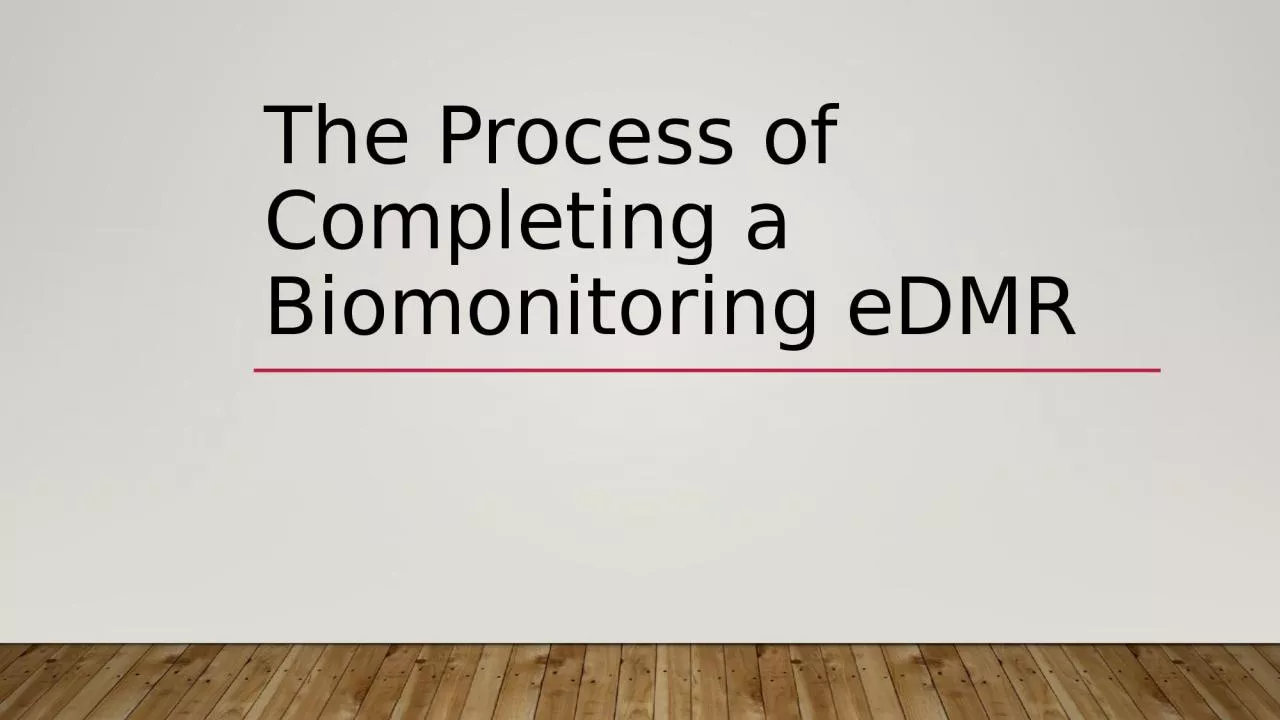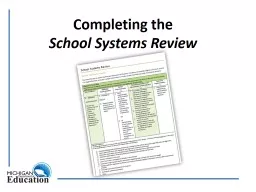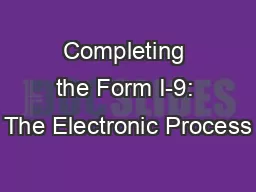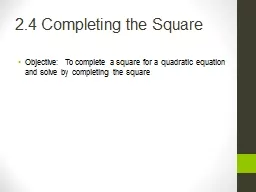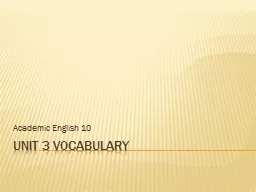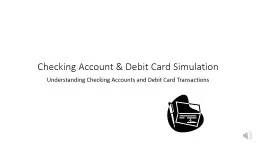PPT-The Process of Completing
Author : ThoughtfulTiger | Published Date : 2022-08-04
a Biomonitoring eDMR The Process of completing an eDMR There are two different websites one to fill in the eDMR E2 and one to sign the eDMR ERS E2 address
Presentation Embed Code
Download Presentation
Download Presentation The PPT/PDF document "The Process of Completing" is the property of its rightful owner. Permission is granted to download and print the materials on this website for personal, non-commercial use only, and to display it on your personal computer provided you do not modify the materials and that you retain all copyright notices contained in the materials. By downloading content from our website, you accept the terms of this agreement.
The Process of Completing: Transcript
Download Rules Of Document
"The Process of Completing"The content belongs to its owner. You may download and print it for personal use, without modification, and keep all copyright notices. By downloading, you agree to these terms.
Related Documents

